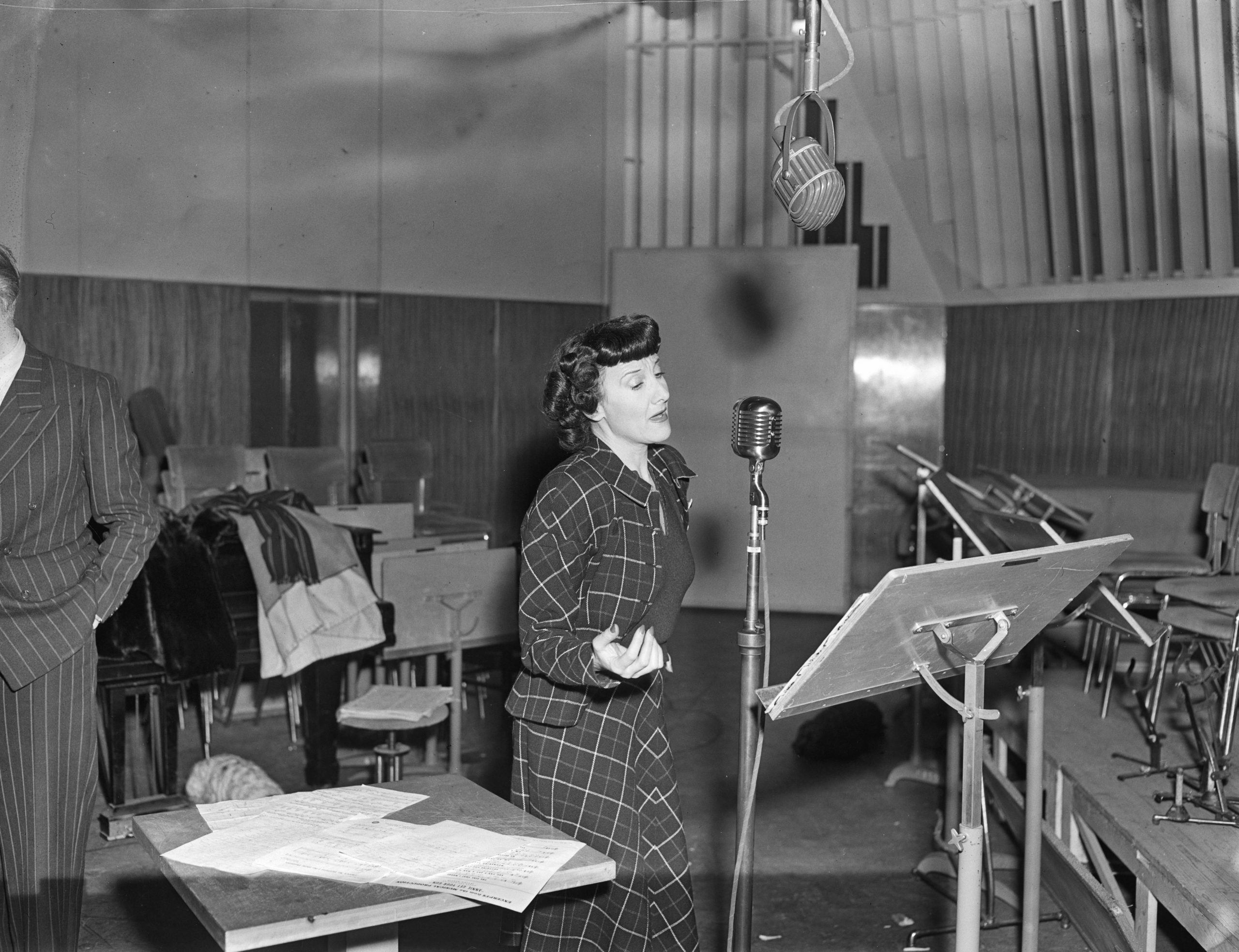There are melodies and lyrics that one never forgets: La mer by Charles Trenet is without question one of these melodies and lyrics. Like no other, this unique chansonnier mastered the art of capturing the dynamism and beauty of the sea and processing it musically.
He composed the music and wrote the lyrics for almost 1,000 chansons: there is no doubt that Charles Trenet is one of the masters of French chanson.
In his short biography of Charles Trenet, the author Olaf Salié describes the chanson La mer as the “pure doctrine” of French chanson, which set standards.
Legend has it that Charles Trenet wrote his most famous chanson, La mer, within twenty minutes on a train journey to Perpignan – it is safe to say that these twenty minutes changed French chanson culture forever.
A unique phenomenon
Charles Trenet was born in Narbonne in the south of France in 1913 – the street in which his birthplace is located bears his name today. The fascinating chanson that Trenet later wrote, La Mer, was no coincidence – the town of Narbonne is located in the immediate vicinity of the Mediterranean. With La mer, Trenet brought some of the unique charm of this southern French region to the whole world.
In the world of French chanson, Charles Trenet is a unique phenomenon: it often happened that an artist enjoyed great success either as a chanson poet or as a chanson singer – being both a chanson poet and a chanson singer was a rarity. The unique Trenet not only wrote his own chansons, he also interpreted them – thus achieving an enormously high artistic level, because only he could know how a chanson he had written should be interpreted. Perhaps this is why Charles Trenet chansons still enjoy a unique reputation all over the world today.
The classic stereotype of the chanson singer who had risen from the depths of poverty did not necessarily apply to Charles Trenet.
Prop designer
Charles Trenet owed his love of all things musical to his mother: his mother is said to have played jazz standards by George Gershwin on the record player, which fascinated the young Trenet greatly.
The classic stereotype of the chanson singer who had risen from the depths of poverty did not necessarily apply to Charles Trenet: he came from a well-off family that was well aware of the importance of music and culture. At a young age, Trenet is said to have attracted the attention of the poet Albert Bausil, who is also said to have persuaded the young Trenet to go to Paris.
At the age of seventeen, Charles Trenet left his home in the south of France to pursue a career as a journalist in Paris: to earn a living there, he worked as a prop designer for various film studios. One can certainly get the impression that Charles Trenet gained crucial experience here for his later career as a chansonnier – after all, some of his chansons tell a story that otherwise only a movie can tell.
Duo with Johnny Hess
Charles Trenet is often described as a chanson singer who mastered the art of performing his chansons without any pathos and with an enormous amount of poetry: The idea of what can be described as pathos has changed over the decades. But the idea of poetry, on the other hand, has hardly changed at all – which may be the reason why most of Charles Trenet’s chansons still fit in today.
Added to this is the unique timbre of Charles Trenet’s voice, which did not come from an extraordinarily voluminous voice, but resembled a warm and narrative-sounding voice. The combination of both – a poetic mind and a voice that harmonizes perfectly with the poetry – is what makes Charles Trenet such a phenomenon.
Trenet’s stage career began with a duo: Trenet teamed up with Swiss pianist Johnny Hess in the early thirties to make music together.
The two formed a successful duo for some time and recorded a record together in 1933. The two only performed music they had written themselves – Trenet wrote the lyrics, Hess wrote the music.
Trenet was now not only writing the lyrics for his chansons, but also the music.
“The singing fool”
When Charles Trenet was called up for military service, the duo of Trenet and Hess disbanded – but the chansonnier Trenet took something from the duo with him: Thanks to numerous appearances in the great music halls of Paris, he had by now made a name for himself as a chanson poet and chanson singer. In the 1930s, Charles Trenet wrote the chanson Y’a d’la joie for the international star Maurice Chevalier, which promptly catapulted Trenet to the top of the French chanson poets. The chanson became a worldwide hit – not least thanks to the drawing power of Maurice Chevalier. Trenet was now not only writing the lyrics for his chansons, but also the music.
Charles Trenet used this breakthrough to establish a reputation as a solo artist: On stage, Trenet created the image of a “fou chantant” (French for “singing fool”). This particular stage image was expressed, among other things, by the fact that he took a brown hat with him on stage, which he waved around in his hands.
Charles Trenet celebrated countless great successes in the forties: his greatest hits from this period include Que reste-t-il de nos amours?, La Mer and L’âme des poètes. At times, Trenet was also accompanied by the legendary jazz guitarist Django Reinhardt.
Writing chansons was his life’s work
The chanson singer Trenet is still one of the most famous chansonniers of all time, and not just because of his diverse repertoire: he outlived all the other chanson greats of the 20th century, including Edith Piaf, Yves Montand and Jacques Brel. Charles Trenet performed on stage well into old age – even in his eighth decade, he was still filling large concert halls: to mark his 80th birthday, he gave a whole series of concerts at the Opéra Bastille.
In spring 1999 – almost two years before Trenet’s death in 2001 – his last album with 14 new chansons was released: It is fair to say that Trenet saw writing chansons as his life’s work. There is no other explanation for the fact that the chanson singer was on stage almost until the end of his life, constantly writing new chansons. His creative potential was almost unlimited – French chanson culture would undoubtedly be a whole lot poorer without his life’s work. His chanson La Mer in particular is anchored in the collective memory: this may have something to do with the countless cover versions of the song that exist in various languages. Lale Andersen interpreted the chanson in German under the title Das Meer, Benny Goodman catapulted the chanson into the American charts under its English title Beyond The Sea. Trenet took the French chanson around the world.
Salié, Olaf: Chanson – Leidenschaft, Melancholie und Lebensfreude aus Frankreich [Passion, melancholy and joie de vivre from France], 2021 Prestel Verlag
Cover picture: Charles Trenet at Amsterdam Schiphol Airport in 1954, Fotograaf Bilsen, Joop van / Anefo

 Deutsch
Deutsch Français
Français







